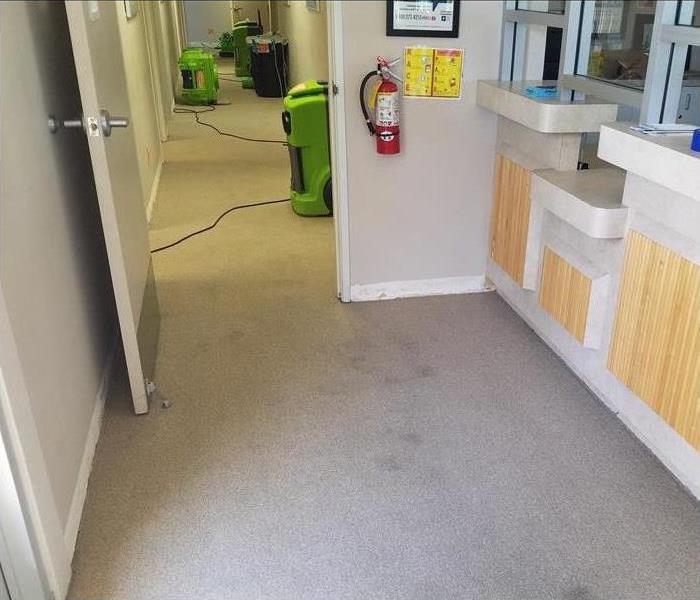4 Tips for Dealing With Water Damage in Your Building
12/10/2020 (Permalink)
Follow These Tips To Handle Water Cleanup
Most commercial buildings in San Diego, CA, will experience water damage at some point. Secondary damage, such as mold growth and wood rot, can develop days, weeks, or months after the original incident. Your initial cleanup efforts will typically determine whether your building will face secondary or long-term damage. Follow these tips to handle water cleanup the right way and avoid costly and invasive future repairs.
1. Reduce Your Risk
As the old saying goes, prevention is the best defense: Take steps now to reduce your building’s risk of flooding. Routine inspections and maintenance can help you detect wear and tear or weak spots in your plumbing and help prevent broken pipes. Keep gutters cleaned out, monitor humidity levels, and make sure sprinkler systems are properly maintained.
2. Begin Cleanup Efforts Right Away
If water damage does occur, don’t waste any time. Contact your insurance company and a professional water restoration company as soon as possible. The sooner cleanup efforts begin, the less likely secondary damage is to occur. DIY cleanup efforts are often insufficient to fully prevent secondary and long-term problems.
3. Ensure All Building Materials Are Dry
Cut out any wet drywall up to 18 inches above the waterline. Pull up damp carpeting, padding, and other porous floor coverings, and remove wet insulation and any other affected materials. Ensure that the subfloor and the studs or other framing elements are thoroughly dry before beginning repairs.
Use a Two-Fold Approach to Mold
When mold dies, it releases invisible mold spores into the air in an attempt to keep the colony alive. Therefore, it’s important to take a two-step approach to eliminate mold. First, kill any existing mold growth using commercial-strength biocides on affected surfaces. Second, use encapsulants or advanced filtration equipment to extract mold spores from the air.
Repairing secondary water damage is often costly, invasive, and time-consuming. In a commercial building, structural damage or a mold problem threatens your business, clients, customers, employees, and tenants. Under these circumstances, the potential savings of DIY water cleanup over professional water restoration are usually not worth the risk.






 24/7 Emergency Service
24/7 Emergency Service
